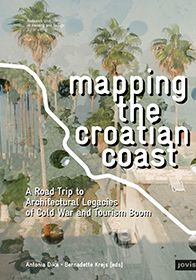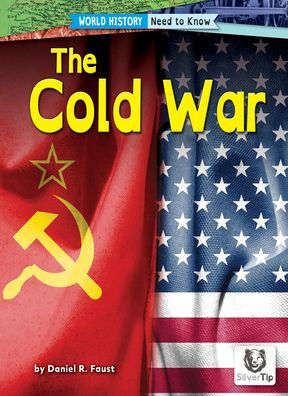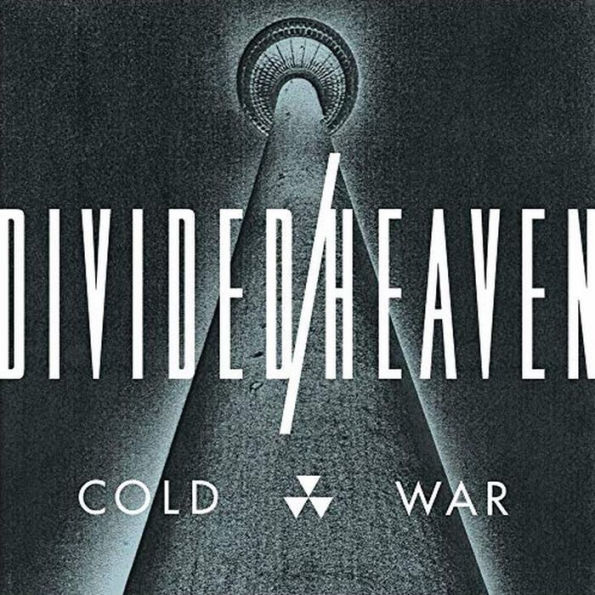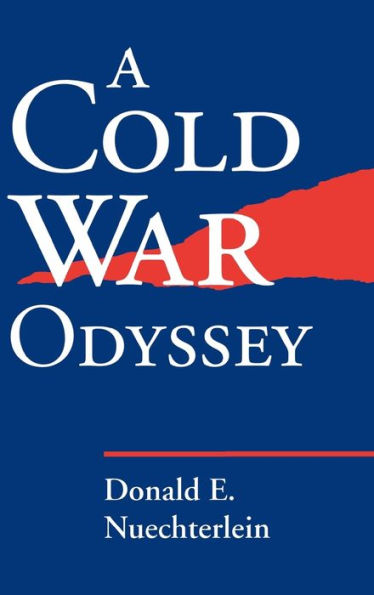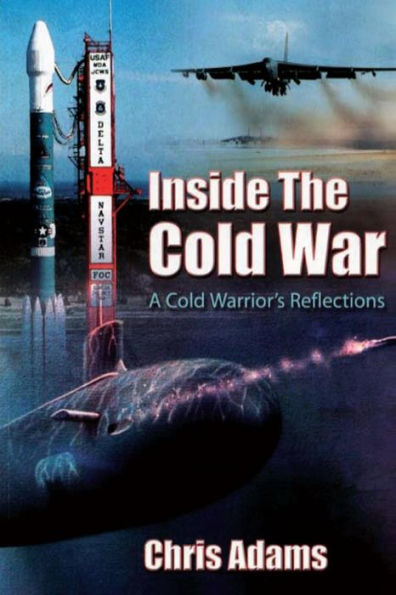Home
Cold Coasts: A Cold War Caper in the High Arctic
Barnes and Noble
Cold Coasts: A Cold War Caper in the High Arctic
Current price: $23.95
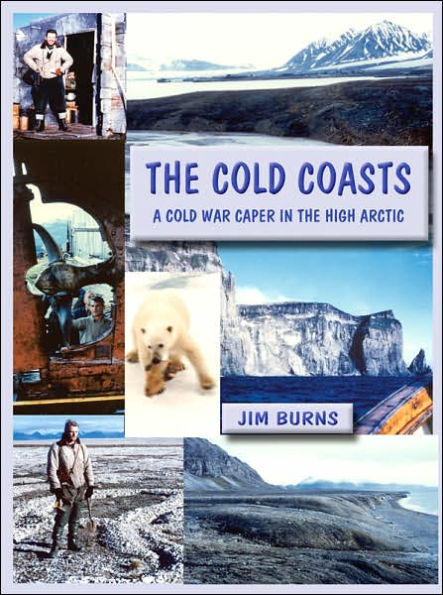

Barnes and Noble
Cold Coasts: A Cold War Caper in the High Arctic
Current price: $23.95
Size: OS
Loading Inventory...
*Product information may vary - to confirm product availability, pricing, shipping and return information please contact Barnes and Noble
THE COLD COASTS - a Cold War adventure in the high Arctic,
featuring pack ice, seals and polar bears, and frigid islands just a few
hundred miles from the North Pole.
In 1955, American and Norwegian intelligence officers and scientists
sail aboard a sealing vessel to spy on the Russians and locate sites for
illegal military airstrips on the Spitsbergen islands.
It could have become an international incident - until a huge chunk of
ice intervened.
The Cold Coasts is also the story of a young family man: a geologist who
seemed to disappear from the face of the earth while on this secret
mission. Fresh from witnessing atomic testing in the American West, he
found himself bound for Russian waters, living as a Norwegian seal hunter.
After 40 years of secrecy, the story finally began to break in Norway.
Now it is told in English for the first time.
Richly illustrated with photographs and maps.
The author is a retired geologist living in Charlottesville, Virginia.
He is the father of three grown sons. After more than 50 years of
marriage, his wife Jaquelin died in 2006.
The first half of his career, mostly with the U. S. Geological Survey,
was devoted to applications of earth sciences in solving military
problems. In addition to the Svalbard mission described here, he had
extended field assignments in Alaska, Germany, Iran, and Vietnam. He
also held a variety of research, editorial, and managerial positions.
His later career was in environmental geology. He managed a program of
environmental resource inventories for the civil works programs of the
U. S. Army Corps of Engineers. Returning to the Geological Survey, he
was involved in the environmental impact analysis of various mineral
developments on the public lands and the outer continental shelf. He
retired as chief of the Survey�s office of environmental affairs.
For several years following retirement, Jim was a member and exhibiting
artist in the Enamelists Gallery at the Torpedo Factory Art Center in
Alexandria, Virginia.
He has written numerous articles, reports, and books on scientific and
technical subjects, but The Cold Coasts is his first attempt to reach a
more general audience.
featuring pack ice, seals and polar bears, and frigid islands just a few
hundred miles from the North Pole.
In 1955, American and Norwegian intelligence officers and scientists
sail aboard a sealing vessel to spy on the Russians and locate sites for
illegal military airstrips on the Spitsbergen islands.
It could have become an international incident - until a huge chunk of
ice intervened.
The Cold Coasts is also the story of a young family man: a geologist who
seemed to disappear from the face of the earth while on this secret
mission. Fresh from witnessing atomic testing in the American West, he
found himself bound for Russian waters, living as a Norwegian seal hunter.
After 40 years of secrecy, the story finally began to break in Norway.
Now it is told in English for the first time.
Richly illustrated with photographs and maps.
The author is a retired geologist living in Charlottesville, Virginia.
He is the father of three grown sons. After more than 50 years of
marriage, his wife Jaquelin died in 2006.
The first half of his career, mostly with the U. S. Geological Survey,
was devoted to applications of earth sciences in solving military
problems. In addition to the Svalbard mission described here, he had
extended field assignments in Alaska, Germany, Iran, and Vietnam. He
also held a variety of research, editorial, and managerial positions.
His later career was in environmental geology. He managed a program of
environmental resource inventories for the civil works programs of the
U. S. Army Corps of Engineers. Returning to the Geological Survey, he
was involved in the environmental impact analysis of various mineral
developments on the public lands and the outer continental shelf. He
retired as chief of the Survey�s office of environmental affairs.
For several years following retirement, Jim was a member and exhibiting
artist in the Enamelists Gallery at the Torpedo Factory Art Center in
Alexandria, Virginia.
He has written numerous articles, reports, and books on scientific and
technical subjects, but The Cold Coasts is his first attempt to reach a
more general audience.
